
More than graphic design, typography is an expression of technology, precision and good order. Typography is no longer concerned with meeting the lofty and difficult demands of art but with satisfying, formally and functionally, the everyday requirements of a craft.
― Emil Ruder[1]
For most of the last century, corporations have licensed their corporate typefaces from type foundries. Even as typesetting technology changed and the number of typefaces proliferated, custom typography was quite rare.
The idea of commissioning or creating a custom typeface for exclusive use by a single company or brand is relatively new in the history of typography. Erik Spiekermann argues that this is a result of the personal computer.
While it was possible, financially and technically, to design and produce a typeface exclusively for the use of one company, it was not really feasible. Once, however, the same personal computer that was used to design typefaces and produce fonts was also used as the main communication tool inside companies, it became easier to convince marketing and technical people alike that fonts were meant for more than the occasional campaign headline, and easier to implement than new versions of Windows.
― Erik Spiekermann[2]
Traditional businesses have been doing this for decades, but there has been a growing trend among technology companies. It all started with the larger companies such as Apple, Microsoft and Nokia, but in the last decade has spread to smaller companies as well.

Why does this matter?
Though typography as we know it is centuries old, it has only increased in importance with time. It’s integral to how we communicate with each other, even today, where printed media has given way to digital interfaces. In fact, you can argue that UI is mostly typography.
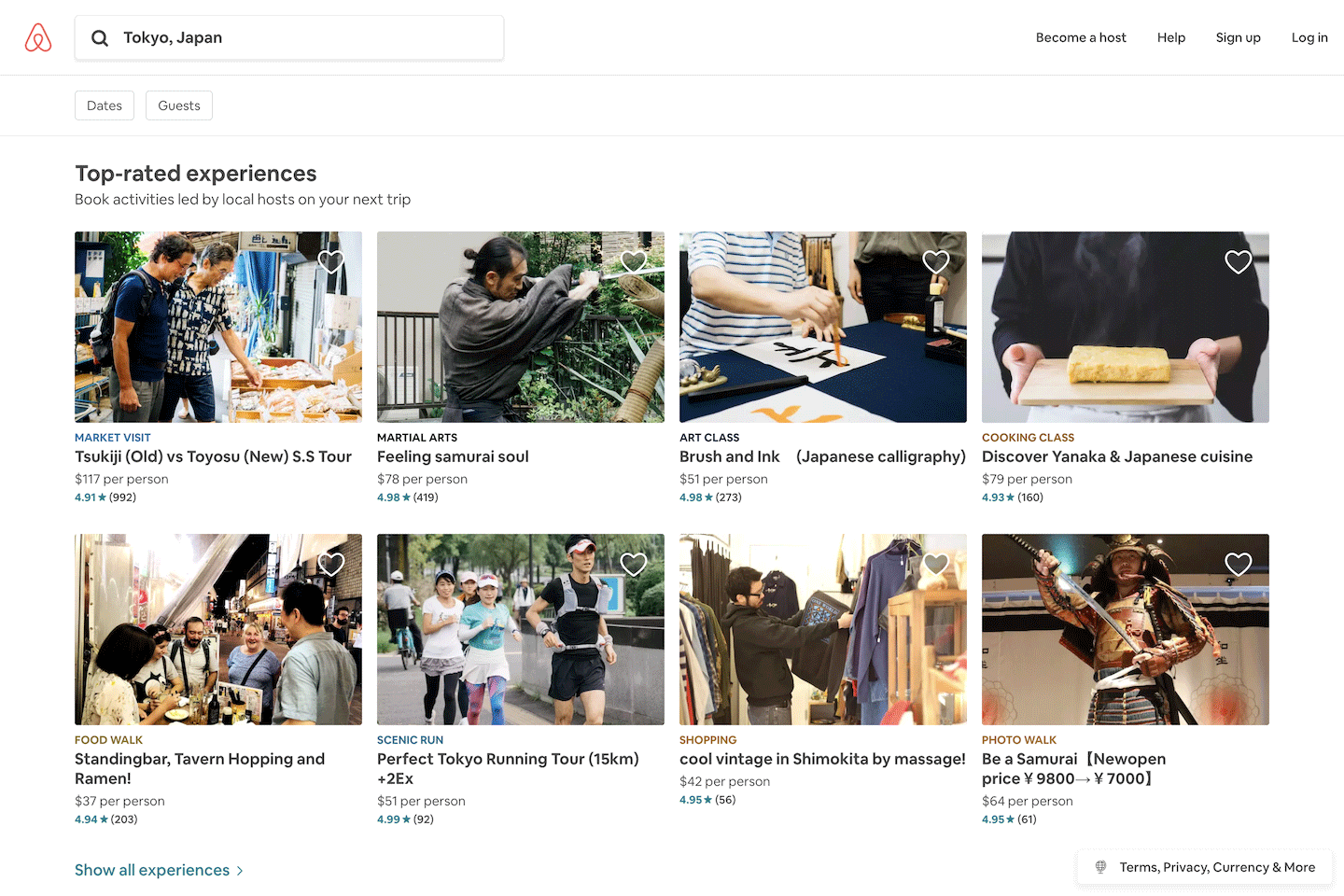 Typography is essential to web interfaces
Typography is essential to web interfaces
Also, as Marshall McLuhan said, “the medium is the message”. For most communication, typography is that medium. In the increasingly branded world we live in today, where we interact with brands nearly every second of our lives, typography has become an important facet of brand.
Corporations and brands speak to their customers, employees, the press. To the public, in public. They do so mainly in writing, regardless of the medium. Even a TV spot cannot exist without showing the brand name or the claim: both are writing. In other words, most of what we know about a brand or a product is what we’ve read about it.
― Erik Spiekermann[3]
As technology companies realize the importance of brand and the impact it has on their business, they naturally pay closer attention to typography.
Why Go Custom?
Why do we see this trend of companies investing the enormous amount of time and money required to develop custom typefaces?
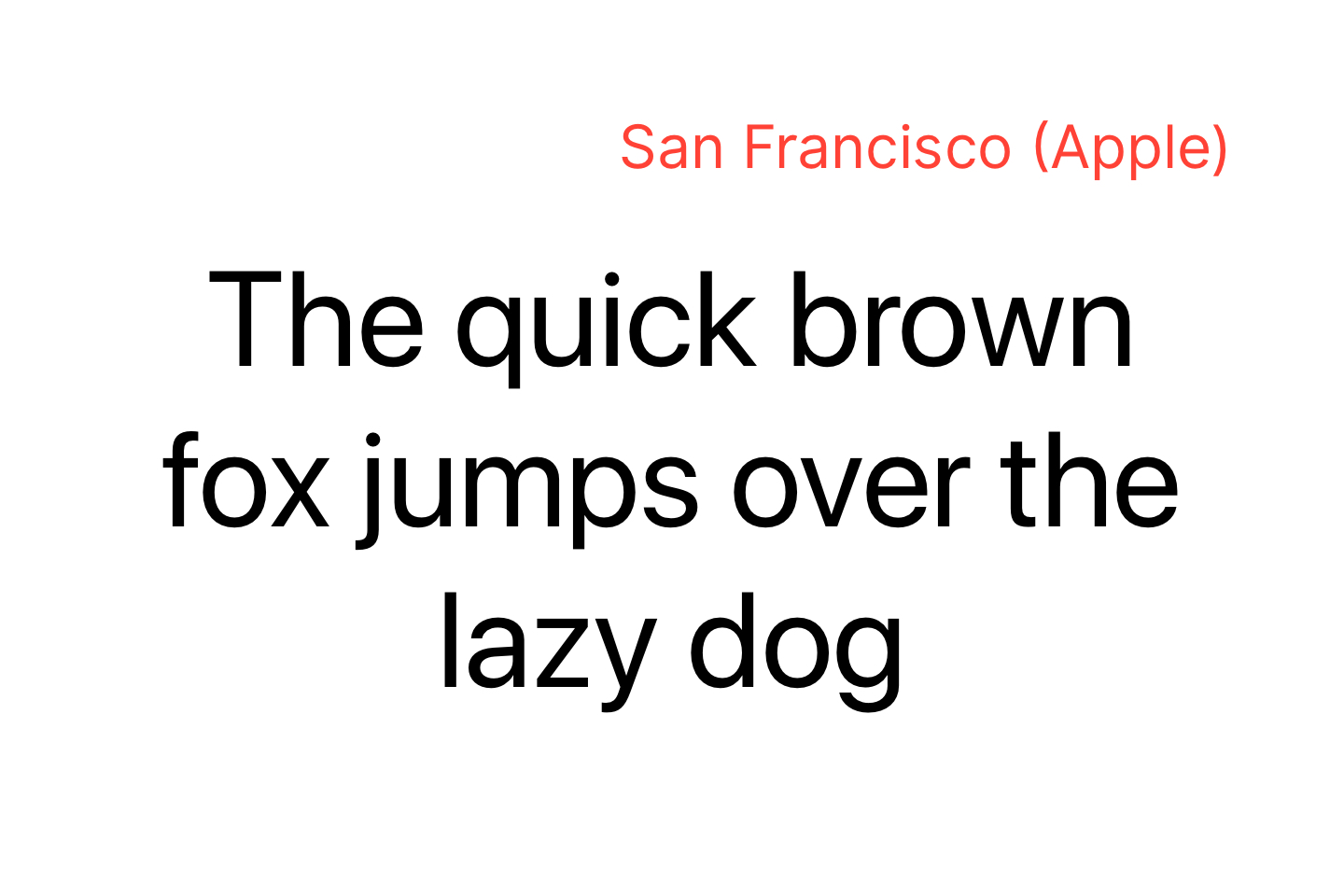 A selection of technology companies’ custom typefaces
A selection of technology companies’ custom typefaces
The most obvious reason is cost. Developing a custom typeface can eliminate the recurring licensing fees that must be paid to foundries. IBM [4] and Netflix [5] claim to save millions of dollars per year by switching from Helvetica to IBM Plex and Gotham to Netflix Sans, respectively.
Another reason is support for multiple languages. Many companies in western countries may start by using a typeface that only covers Latin script. As their userbase or business footprint grows geographically, they’ll have to start supporting other scripts. Some companies get past this hurdle by licensing other typefaces that cover those target scripts. However, that can come with even more licensing costs, as Intel experienced before it commissioned Dalton Maag to create Clear Sans:
Additionally, because the fonts only covered the Latin script, alternative fonts had to be used for communication in languages beyond those of Western Europe, such as Greek, Russian, Chinese, and Arabic, locking Intel into expensive annual licensing fees for multiple lookalike fonts that were, nonetheless not exclusive to them. [6]
Some companies will commission a type foundry to expand one of their typefaces to support additional scripts. However, this begs the question, “if you are commissioning additional scripts, why not commission a completely custom typeface?”
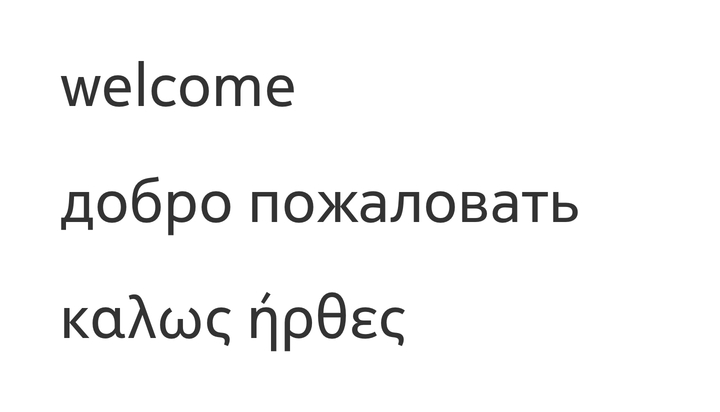
Just 3 of the 19 scripts that Nokia Pure supports
In the second half of the twentieth century, typographers started noticing that typefaces suited for typesetting technology of the time like hot metal typesetting and phototypesetting, weren’t suited to the computer screen. These typefaces that were made for older non-digital technologies simply didn’t render very well on pixel-based screens.
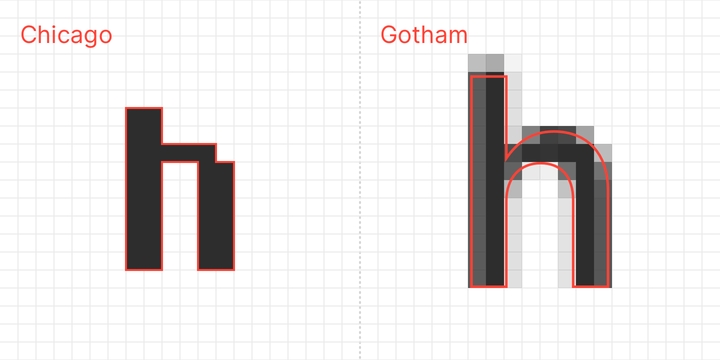
In order to adapt to displaying type on computer screens, existing typefaces were modified and entirely new typefaces were created. It’s this logic that Intel used in commissioning Intel Clear.
Intel had been using its previous typeface for over ten years, but with an increased global presence and the rise in digital media, issues with their legacy fonts began to emerge. Because these had been originally designed for print, there were significant problems with reproduction and clarity when they were used on screen.[7]
Remarkably, many younger technology companies are going in the opposite direction. They initially used typefaces suited for screens, but have found the need to expand to print and the rest of the physical world.
Part of scaling online to offline is how people see Airbnb in the real world. Online should mirror what they see offline, and vice-versa. But, there wasn’t a font out there that could actually do that. So, we created one.[8]
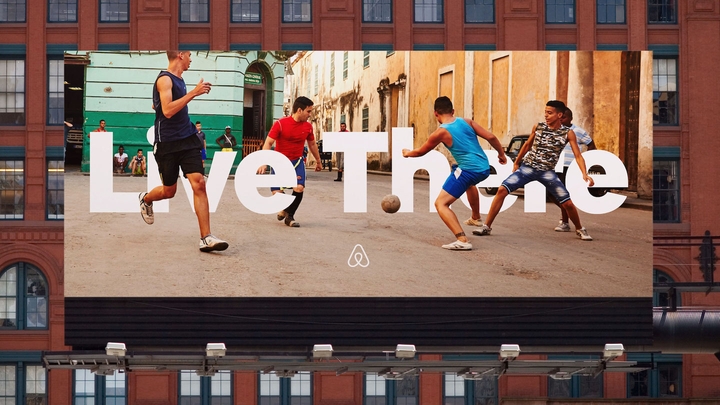
Airbnb’s Cereal typeface as seen on a billboard. photo credit
Companies like Apple and Samsung, with their wide portfolio of digital and physical products and services, have united their brands and products under a singular typeface.
Apple went further and didn’t just work within the numerous constraints posed by both the digital and physical world. In creating San Francisco, it reinvented how type is rendered altogether.
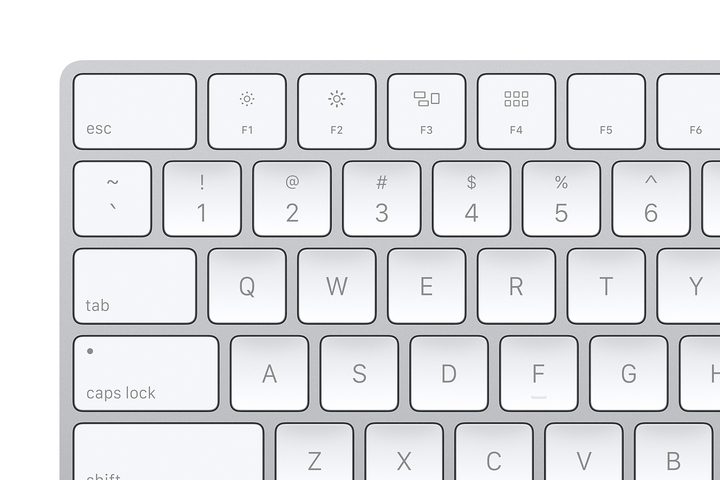
Should Custom Typefaces Exist?
The custom typeface is a great solution to many of the problems design teams are facing today. However, I’d like to put forth three conditions to be followed.
First, companies should do it for the right reasons and be honest about those reasons. Sadly, much of the justification behind typefaces from some very admirable companies is quite shallow. I can’t help but feel that some of these companies wanted a custom typeface simply because that’s what everyone else is doing. This cargo cult mentality that is so prevalent in design is at best wasteful and at worst illegal.
Christian Schwartz at the venerable Commercial Type foundry actually tries to convince clients out of commissioning a custom typeface.
With every new client who wants us to draw something custom, the first part of our process is to try to talk them out of it. Just to make sure that they’re doing it for the right reason, that they need something and there isn’t something that exists already that could suit their needs perfectly. Because it’s a waste of somebody’s time and their money if we’re just recreating something for them that already exists. Life’s too short for that.[9]
The second condition is that companies must commit to understanding typography and devoting the resources needed for a well-executed typeface. Like I pointed out earlier, typography is an important component of brand. However, it’s foolish to approach type design as purely a brand exercise.
It is important to understand that a typeface is not a piece of art. it has a purpose, like a chair or an engine have. accordingly, before even putting pencil to paper, it is important to understand the requirements of what the typeface is trying to achieve. only once these requirements are known should actual design commence.
― Bruno Maag[10]
Take YouTube Sans as an example. I’ll give Saffron, Letterjuice, URW++ and YouTube’s UX team credit for trying to stand out from the rest of the crowd. Unfortunately, YouTube Sans is simply poorly executed. Haphazardly cutting bits off of a familiar looking typeface isn’t a very good way to craft something that is meant to serve a functional purpose.
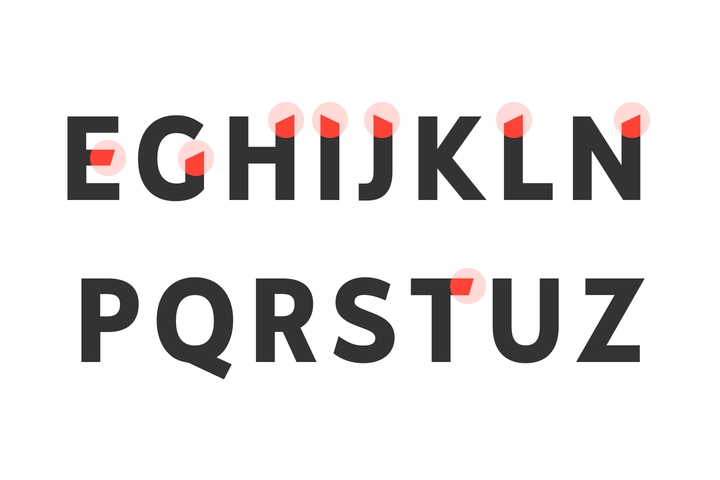
Similarly, Google’s Roboto also drew considerable criticism for its execution when it was launched. What’s admirable is that Google proved its commitment to type design by continually updating and improving Roboto.
My third condition is more of an ask to designers out there mulling a custom typeface. Could we try to make them different than what’s out there already?
During my research process, I noted down the keywords used to describe some of the typefaces. As I read through the list, the same words kept coming up over and over: friendly, modern, clean, simple, human. It’s like everyone wants something that they can use to define their brand, yet they really just want a slightly different version of what everyone has.
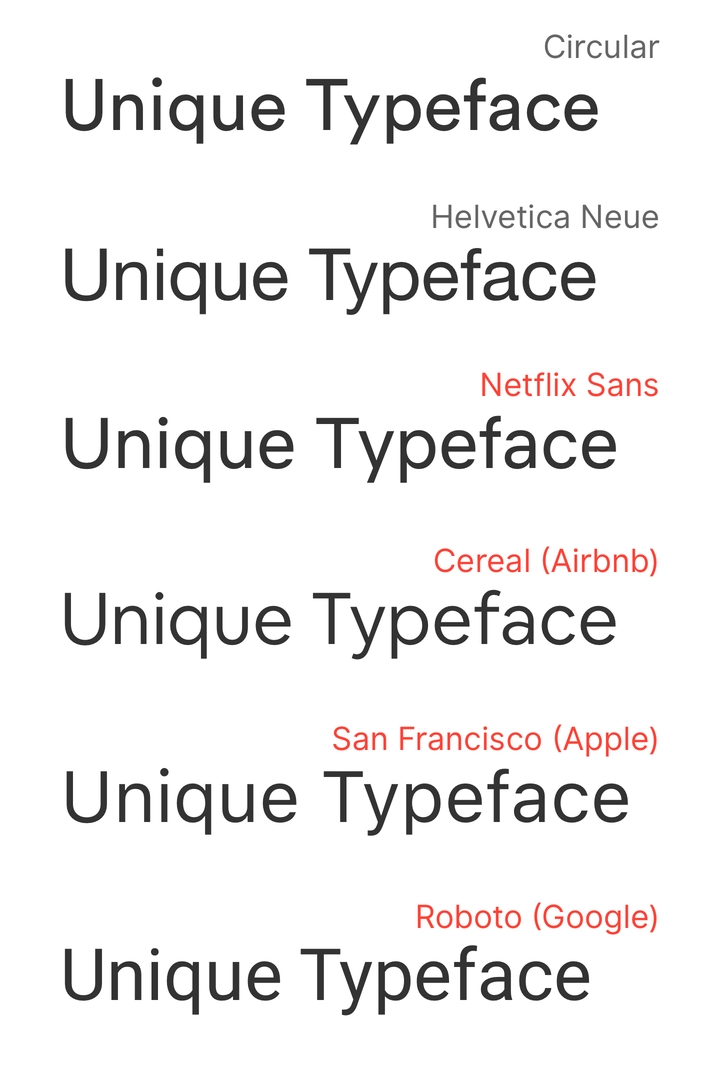
I really wish more companies would look to Ubuntu and IBM for inspiration when designing a typeface. IBM Plex Sans starts out as a grotesque sans-serif, but incorporates some quirks straight from its logo that make the typeface more unique. The Ubuntu typeface avoids the ubiquitous grotesque and geometric styles altogether in favor of a humanist-style that is instantly recognizable.
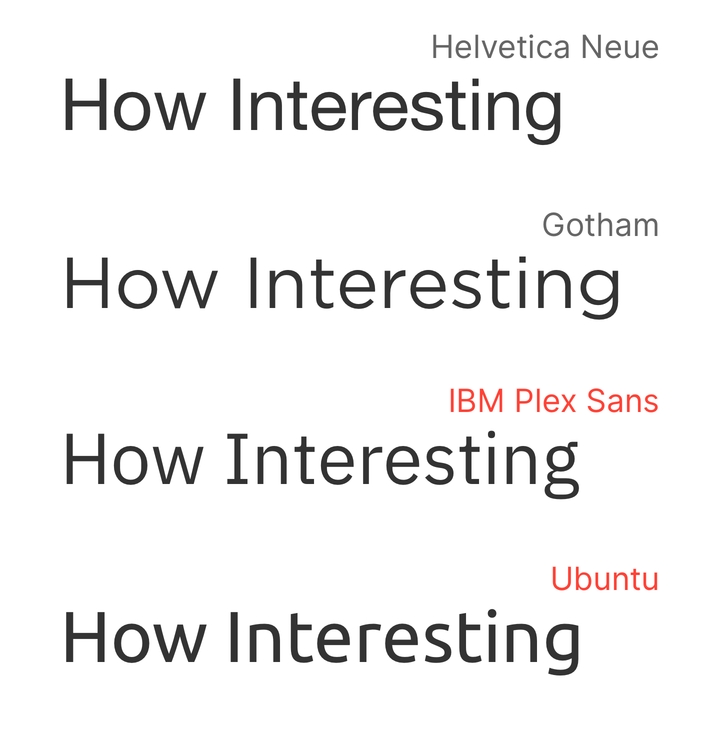
Closing Thoughts
I’m happy that companies recognize the power of typography and are investing more resources into creating their own typefaces. We designers need to remind ourselves that we have a tremendous responsibility when working with type. We need to examine the justifications behind our decisions and set the bar high for execution. We should also challenge ourselves to think differently than others.
Can we create something that functions as well or better than anything else out there while looking totally unique?
- Typographie: A Manual of Design · Emil Ruder ↩︎
- Erik Spiekermann on why type is brand · Creative Bloq ↩︎
- Erik Spiekermann on why type is brand · Creative Bloq ↩︎
- IBM has freed itself from the tyranny of Helvetica · Quartz ↩︎
- Netflix unveils Netflix Sans, a new custom typeface developed with Dalton Maag · It's Nice That ↩︎
- Dalton Maag's case study for Intel Clear · Dalton Maag ↩︎
- Dalton Maag's case study for Intel Clear · Dalton Maag ↩︎
- Airbnb launches new bespoke font Cereal, designed with Dalton Maag for online and offline fluidity · Is Nice That ↩︎
- Reputations: Commercial Type · Eye Magazine ↩︎
- Bruno Maag Interview · Design Boom ↩︎
Thanks to Q for reading drafts of this.